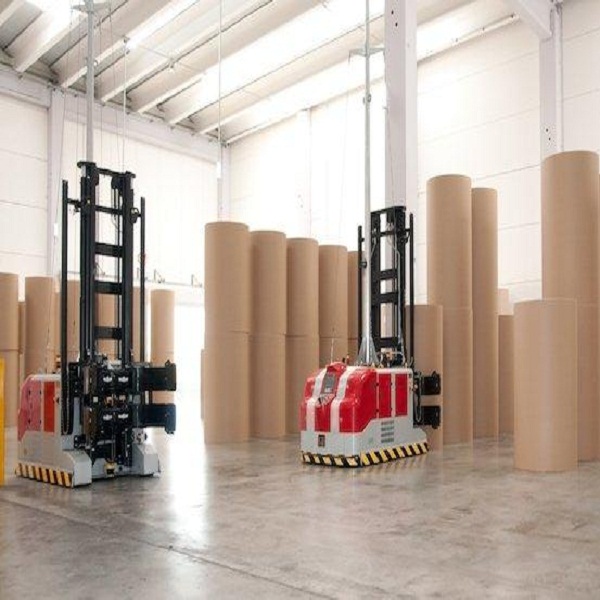A defunct weather monitoring satellite has performed an assisted crash into the Atlantic Ocean in a historic manoeuvre, the European Space Agency has said.
The British-built satellite Aeolus has reached its final resting place: the Atlantic Ocean.
The re-entry of the weather satellite was guided by mission controllers at the European Space Agency (ESA), using what little fuel remained onboard. It has been hailed as the first time a defunct satellite has undergone such a controlled re-entry on Earth.
Aeolus has been one of ESA’s most successful Earth observation missions. The 1,360kg satellite was built by Airbus Defence and Space in Stevenage, and it became the first satellite mission to acquire profiles of Earth’s wind on a global scale.
The satellite was originally due to end its life after three years in orbit, but its mission was extended by almost two additional years, coming to an end on 28 July 2023.

Aeolus measurement geometry / ESA
Aeolus was launched years before space agencies began to think about the problem of space debris, and the need to remove defunct satellites from the Earth’s atmosphere. As such, it was not designed for a controlled re-entry at the end of its mission.
However, ESA decided to use the satellite’s remaining fuel to direct the probe back to Earth, and guide it towards the Atlantic Ocean.
The four-day orbit-lowering campaign was marked as a success and sets an example for other end-of-life procedures for satellite operators.
“This is quite unique, what we’re doing. You don’t really find examples of this in the history of spaceflight,” said Holger Krag, head of ESA’s Space Debris Office, during a press briefing. “This is the first time to our knowledge [that] we have done an assisted re-entry like this.”

Key stages in Aeolus’ re-entry / ESA
Under normal circumstances, Aeolus would be allowed to naturally fall back to Earth, burning up in the planet’s atmosphere. However, ESA decided to guide its fall to avoid the extremely low risk of casualties from space debris.
The re-entry followed a series of complex manoeuvres that lowered Aeolus’ orbit from an altitude of 320km (199 miles) to just 120km (74.5 miles). This position would ensure that the pieces of the satellite that did not burn up during the fall would reach the Atlantic Ocean and avoid hitting people and property.
“We have learned a great deal from this success and can potentially apply the same approach for some other satellites at the end of their lives, launched before the current disposal measures were in place.”

Aeolus orbit / ESA
Aeolus carried several sophisticated pieces of equipment for its weather reporting. These included ALADIN, Europe’s most sophisticated Doppler wind lidar flown in space, which has helped researchers improve weather forecasts and climate models.
ALADIN’s laser fired pulses of ultraviolet light towards Earth’s atmosphere and collected the light that bounced off. This allowed scientists to measure the Doppler shifts in the return signals, and calculate the horizontal speed of the wind in the lowermost 30km of the atmosphere.
Simonetta Cheli, ESA’s director of Earth observation programmes, said: “Aeolus has been truly outstanding. Indeed, the technology was difficult to develop, but we have seen huge returns.
“It not only benefited science in terms of contributing to climate research, but its data was used operationally in weather forecasts, which proved essential during the Covid lockdown when aircrafts carrying weather instruments were grounded.”
A 2022 report by London Economics found that Aeolus brought €3.5bn (£2.7bn) over the lifetime of the mission.

Assisting re-entry for Aeolus / ESA
The number of smaller pieces of space debris currently in orbit is thought to number more than 100 million. Due to their colossal orbital speeds, even small pieces can pose a threat to satellites and spacecraft, several of which have been damaged or destroyed already.
The number of satellites in orbit is expected to increase from around 9,000 today to over 60,000 by 2030.
In May 2021, the International Space Station (ISS) was hit by a piece of space junk, which took a significant chunk out of its 17m-long robotic arm. In November, the ISS was forced to alter its orbit in order to avoid a segment of a now-defunct Chinese satellite that was headed on a collision course.
In order to avoid this risk, ESA has made a commitment to ensure all its missions are “debris neutral” by 2030.
Source: E&T










